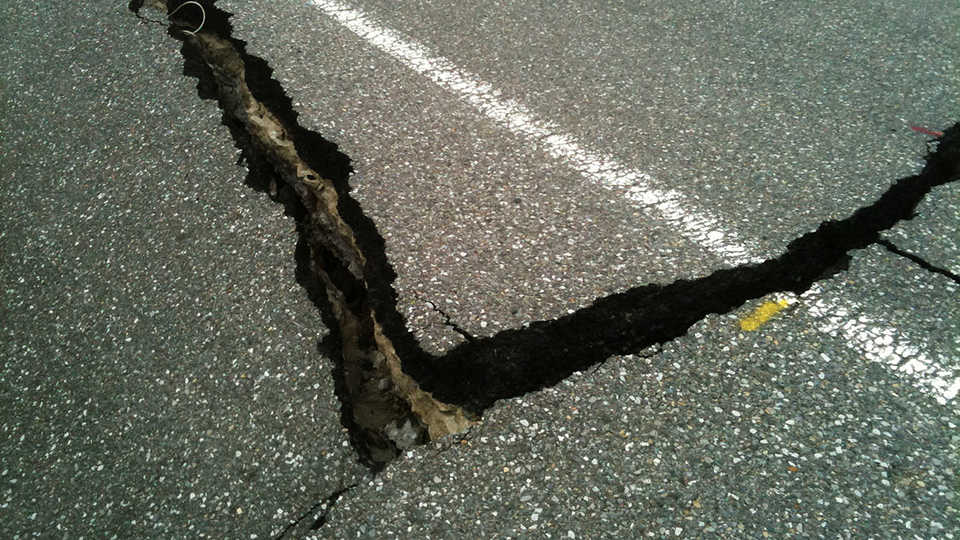In this lesson, you and your children will:
- learn about the cause of earthquakes,
- learn about how scientists measure earthquake intensity,
- build their own seismograph to measure shaking.

© 2011 SmartFat
By building your own seismograph to document shaking, you and your children will learn about the cause of earthquakes and how scientists measure earthquake intensity.
In this lesson, you and your children will:
Discuss the following questions:
Discuss earthquakes in our own lives:
earthquake: a sudden rapid shaking of the ground caused by a rapid release of energy
epicenter: the point on the Earth’s surface that is vertically above the focus of an earthquake.
fault: a break or fracture in a rock mass across which movement has occurred.
focus (hypocenter): the point of origin of an earthquake.
seismograph: any of various instruments for measuring and recording the vibrations of earthquakes.
tectonic plates: massive irregularly-shaped sections of Earth’s crust that are constantly in motion.
Most earthquakes are caused by the movement of tectonic plates. They typically occur along fault planes, and most frequently along boundaries of tectonic plates. There are three basic types of plate boundaries — divergent, convergent and transform. Use your hands to show the different ways that tectonic plates interact with each other. Plates moving away from each other, (divergent) crashing into each other (convergent) or sliding past each other (transform) all result in earthquakes.
In Figure 2 of the lesson, you can see the transform plate boundary, the San Andreas running through California and the direction that the two plates are moving. When rocks are pushed against each other, stress can build up. This can happen for many reasons, and often occurs along the boundaries of tectonic plates. When the stress exceeds the strength of the rock, the rock breaks and energy is released in the form of an earthquake. Not only can this energy make buildings fall down, but the biggest earthquakes actually make small changes in Earth’s orbit!
Nobody can predict when earthquakes will happen, but earthquake scientists use historical records combined with measurements of ongoing plate movement to guess how likely an earthquake is in the future. The energy earthquakes release travels in the form of waves called seismic waves. Each earthquake produces three basic types of seismic waves. Each seismic wave has a different type of motion and travels through the earth at different speeds.
Scientists measure seismic waves produced by an earthquake using devices such as a seismograph (or seismometer). A seismograph records ground vibrations. With a sensor attached to the ground, it records the arrival of seismic waves at that point. The height of the largest waves indicates the size of an earthquake. Given the length of the earthquake record, and the arrival times of each wave, the distance of the focus from the recording point can be determined. It takes data from at least three seismographs to determine the location of an earthquake’s foucs. By using seismographs all over the world, scientists can pinpoint the location of an earthquake’s epicenter deep below the earth using triangulation.
Do the lines created by the pen in the seismograph look like anything you’ve seen before? Earthquake waves travel just like sound waves. In fact, earthquake waves can “echo” and be detected in different parts of the world.
Grade 4
Earth Sciences
Grade 6
Earth Sciences
Image Credits
Lesson adapted from: